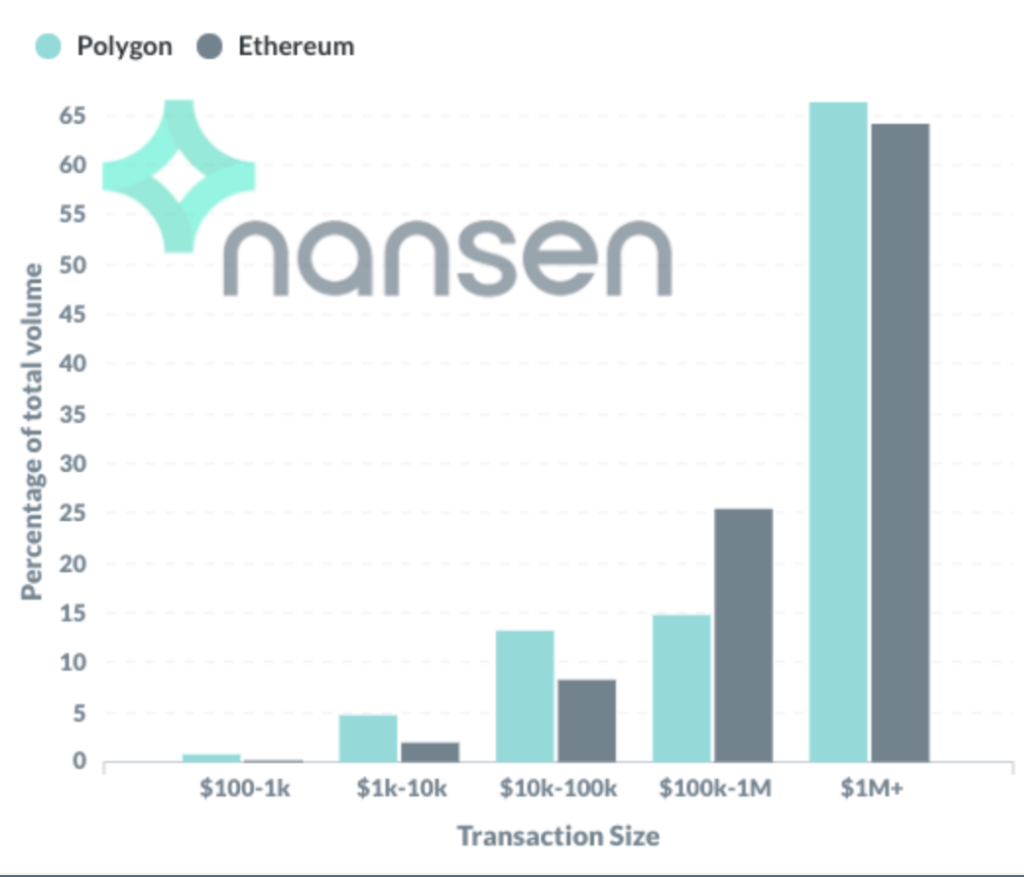Will Polygon still be necessary after Ethereum 2.0 is live?
![Ethereum [ETH]'s Constantinople hard fork receives support from Koinex after Binance](https://ambcrypto.com/wp-content/uploads/2019/01/support.jpg)
The buzz around the much anticipated Ethereum update has been circulating in the crypto community for a while now. Phase 0 launched in December 2020, with Phase 1 and 1.5 scheduled for 2021. The final release and full adoption, Phase 2, will drop sometime in late 2021 or 2022.
As per the 2021 awaited release, it will start the integration of the PoS shard chains. With the commencement of these upgrades, how does it impact other tokens? Especially Polygon (MATIC).
Polygon is a Layer-2 (L2) scaling solution designed to improve the adoption of Ethereum blockchain. It successfully tackled the rising issues with ETH adoption such as network congestion, slow transaction speeds, and low throughput. This has often led to high transaction fees (gas fees) for users. As per CoinGecko, the coin ranked #1 in the top 30 trending coins.
This week's ?TOP? 30 Trending Coins is out! $MATIC @0xPolygon is sitting in the No.1️⃣ spot this week! We've also got $SHIB @Shibtoken, $MOD @Modefi_Official, and #WEXPOLY @Wault_Finance following right behind!
Are any of these coins in your portfolio?? pic.twitter.com/3atpPHjjAJ
— CoinGecko (@coingecko) June 18, 2021
Will Polygon still be necessary after ETH 2.0 is live? This was one of the topics of discussion in a recent Unchained Podcast. Jaynti Kanani, co-founder, and CEO of Polygon was quick to acknowledge this question.
Currently, ETH supported around 1.5 million transactions/day whereas Polygon, can tackle around 7m transactions/day. With increasing demand and scalability around the incoming upgrade, the transaction numbers will surge. With that, Kanani added “So will the possibility of getting jammed whilst the network is live.”
He further compared the development to the analogy of Uber/Ola scenario in India. The demand, before the pandemic, went off the charts however the supply didn’t meet the expectations. Binance too suffered a similar setback a few days ago; a possible demand surge. He added:
“I’m 100% sure ETH 2.0 will get jammed in a few weeks with the demand.”
One needs to ask the same question. If Ethereum was going to become the fundamental settlement layer of the world that even 3,200 tps was a good enough scalability?

Source: Nansen
To that hypothesis, Kanani replied,
“No, absolutely not. Let’s think of it as the supply of scalability. At the moment it goes up on Ethereum, the demand is already there. It will grow immediately and you will end up with the same bottlenecks.”
Ethereum 2.0 is set to become 64 times more scalable than ETH is now, BUT,
“…the demand is 1,000 X than where we are. You will need L2 scalability.”
Matic, at the time of writing, was trading at the $1.38 price mark. Having said that, the coin has had a lot of success in recent times, especially in the investment aspect. Mark Cuban invested a significant undisclosed amount following MATIC’s 9000% price hike so far this year.
Future plans
With regard to the network’s upcoming updates, Kanani stated “We’re doing Optimistic Rollups, zk-rollups, data-availability chains, Polkadot-like substrates, standalone chains where teams can come and create their parachains that connect back to Ethereum.”


![Tron [TRX]](https://ambcrypto.com/wp-content/uploads/2025/08/Tron-TRX-400x240.webp)



